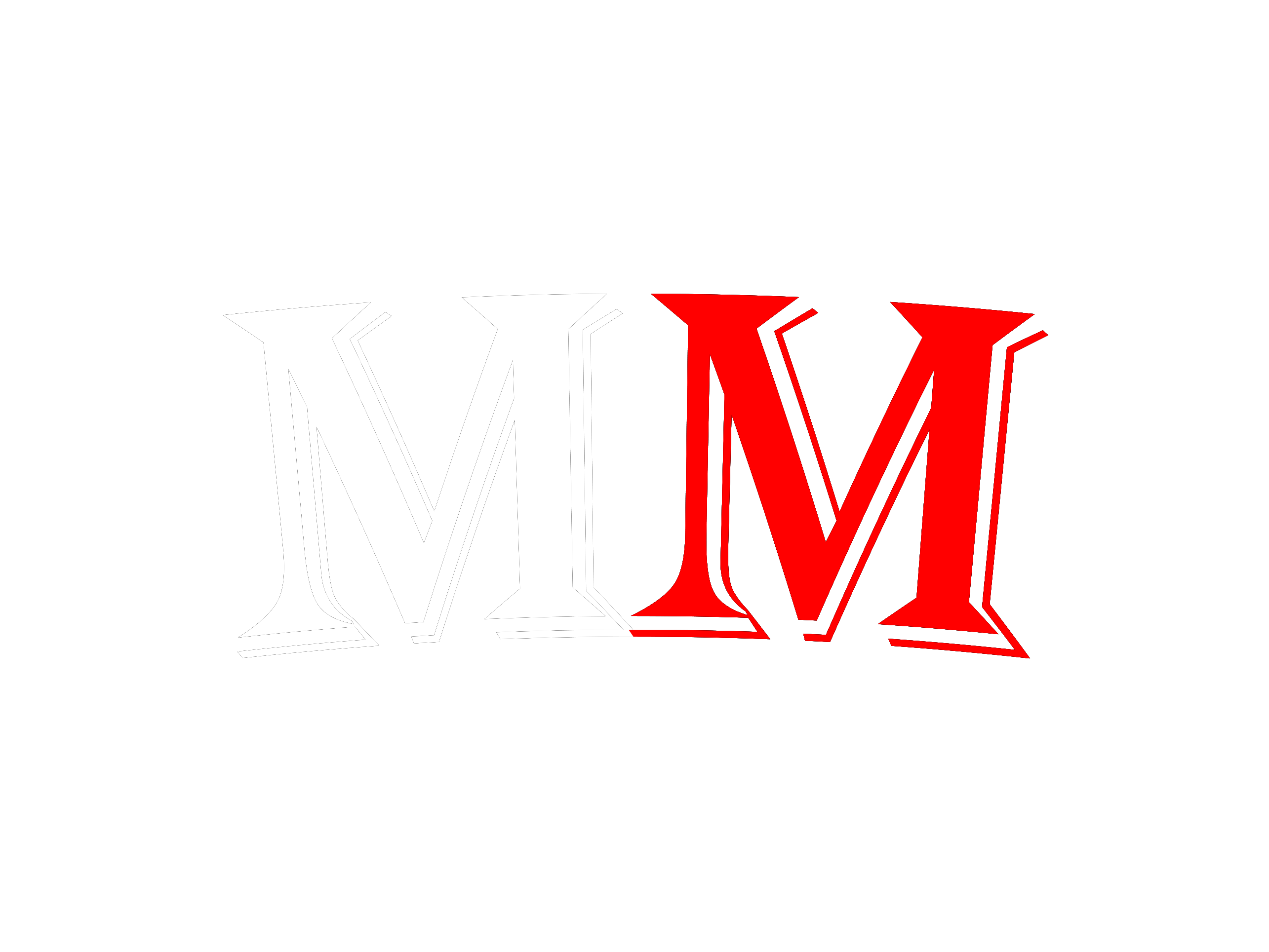Modern mentalism tricks often involve the use of props such as cards, sheets of paper or impression pads, or other popular devices like swami pencils and invisible loops.
These days, mentalists even use mobile phones during their performances.
But you always have to remember that, although using props allows you to enhance your performance, the lack of them shouldn’t limit you.
What we’re trying to say is, yes, you can still blow minds WITHOUT ANY props.
And today, we’re going to teach you 3 easy propless mentalism tricks you can perform.
Since it’s propless, you don’t need any setup. You can do it on the spot.
So without further ado, let’s find out how to do these propless tricks.
3 Easy Mentalism Tricks Without Using Any Props
Mind-reading — one of the most popular effects mentalists do — is achievable with nothing more than the mentalist’s ability.
We’ve broken down 3 easy mentalism tricks without any props so you can do it, too.
The Orange Kangaroo from Denmark
Let’s start with a classic.
If you’re familiar with the Gray Elephant from Denmark trick, this trick should not be a problem for you as it uses the same techniques — doing a little mental math, banking on probabilities, and spicing things up with theatrics.
Step One: Choose a Number
Ask your spectator to choose a number between 1 and 10.
You don’t have to limit the range, but choosing something higher than ten may cause your spectator to slow down during calculations. This isn’t something you’d want to happen.
Pacing is something to watch out for in this trick. You don’t want to rush your spectator through the calculations, but you don’t want to give him too much time to think things through either.
Okay, so let’s say your spectator chose the number 6.
Step Two: Multiply
Once your subject has a number in his head, have him multiply it by 9.
So, 6 x 9 = 27.
Step Three: Add
Have your spectator add the digits of his new number together. It’s possible that after the second step, he’ll have nine in his head (which means his original number was one). To cover your bases, say that if the number only has one digit, it stays as is (or he can use 0 as the second digit, which will still give the same result).
Since we stopped at 27, 2 + 7 = 9.
Step Four: Subtract
Ask your spectator to subtract five from the number he now has in his head.
Nine less 5 is 4.
Step Five: Alphabetize
Tell your spectator to take his number and match it to its corresponding letter in the alphabet.
For example, 1 = A, 2 = B, 3 = C, so on and so forth.
Since we ended with 4, we’re working with the letter D.
Step Six: Location
Once your spectator knows what letter he’s working with, ask him to think of a country that begins with that letter. Here are some examples:
Argentina
Brunei
Columbia
Denmark
Egypt
France
Germany
Haiti
Indonesia
Japan
Step Seven: The Last Letter
Once he’s chosen a country, ask your spectator to focus on the last letter of the country.
Step Eight: Think of an Animal
If they thought of a country in the previous step, now have him think of an animal whose name begins with that last letter.
Step Nine: The Last Letter (Again)
When he’s thought of an animal, have your spectator spell it out in his head. Ask him to focus on the last letter of his animal.
Step Ten: The Color
The last step is for your spectator to think of a color beginning with the last letter of the animal’s name.
What Happened?
Your spectator should be thinking about a country, an animal, and color at the end of the trick. This trick uses probabilities, maximizing people’s most common answers to help build the illusion of mind-reading.
Your reveal will seal the deal for this trick. You can make it seem like you’re having difficulty reading your spectator’s thoughts — but, in the end, you know he was thinking of an orange kangaroo in Denmark.
The Three of Diamonds
This trick is all about the power of suggestion.
Begin by telling your spectator you’ll be projecting a card to his thoughts. Say that he doesn’t have to think so hard about it — it will come to him.
Make sure his attention is on you, so you should do this trick in a place where there aren’t distracting noises or images in the background.
You’ve primed your spectator that it’s a card that they’ll be thinking of, even if you don’t have cards.
Now, the objective is to give as many subconscious messages containing three and diamonds. Without verbalizing these, there are several ways to get it across.
This 25-second clip of Derren Brown is an excellent example:
Here’s how he got his message across:
Messages containing diamonds:
- Forming the shape of a diamond with his hands
- Aligning the diamond-shaped hole with his face so you must look through it to see him
Messages containing three:
- Showing the diamond three times
- Tracing a three “a little number” — he traces it when he describes where the card values are in a playing card (the bottom left corner and the upper right)
- Using three fingers when talking about the design of the card
It may have been less than a minute, but he was able to send out a staggering number of subliminal messages.
This trick is psychology at work — if you break down his script, the words three and diamonds never appear. But since he used non-verbal communication well, the spectator’s mind still receives the message.
Mentalism isn’t just about the props — having a deep understanding of principles in psychology is an advantage for any mentalist.
Mental Shapes
If you’re familiar with the show The Mentalist, there’s an episode where Patrick Jane does a mentalism trick, making them think that he’s the real deal — that he really can read minds.
Here’s a video of that scene:
You might think that it’s a difficult act to pull off, but you’d be surprised how simple it is.
- To get a triangle inside a circle, ask your spectator to think of a shape.
Jane (Simon Baker’s character, the mentalism) starts by putting a screen between him and Lisbon. You can also do this, but the trick works without it. The non-negotiable bit is how he words his instructions.
“Think of a shape like a square, but not a square.”
Most people, when asked for a shape, think of either triangles, circles, or squares.
When you tell your spectator it is like a square, it eliminates the circle since it has no sides. Adding the phrase “but not a square” takes out the square. That leaves your spectator with a triangle.
- Ask your spectator to think of another shape and put it around the one you already have.
Not a lot of shapes fit around a triangle, so most people will think of a circle. Also, saying “put it around” suggests that the next shape should be a circle.
If you want to stack the odds to your favor, you can add non-verbals while you’re giving your instructions such as:
- When you’re asking your participant to think of the first shape, you can hold your hands to shoulder level and tilt your fingers towards each other. If you keep your thumbs stretched (like they’re going to meet in the middle), you’re forming an open triangle.
- For the second shape, try making a curved gesture (like a semi-circle) while giving instructions. Since it looks like a partial circle, the mind typically forms a mental image of that shape, leading the spectator to choose it for the trick.
After that, it’s a matter of confidence when you do your reveal. Since this is a propless trick, which means you don’t force a card, your spectator doesn’t write anything down that you can peek at, there’s a possibility that he’ll think of a different combination.
Most people, however, will think of a triangle inside a square. If your spectator belongs to the minority, don’t despair — turn it into a win by complimenting him for it. Say he is one of the most unusual minds you’ve ever had the pleasure of meeting, and move on to your next trick.
In Conclusion
You can practice any of these tricks and add them to your portfolio. This way, you’ll always have something ready, even if you’re in a situation wherein no props are available.
More than the actual tricks, however, you’ll need to work on delivery for these tricks. With no props, your audience’s focus will be entirely on you.
So, take the time to make sure you have a strong script, your movements match your patter, and most of all, your confidence leaves no room for doubt.
Good luck!

